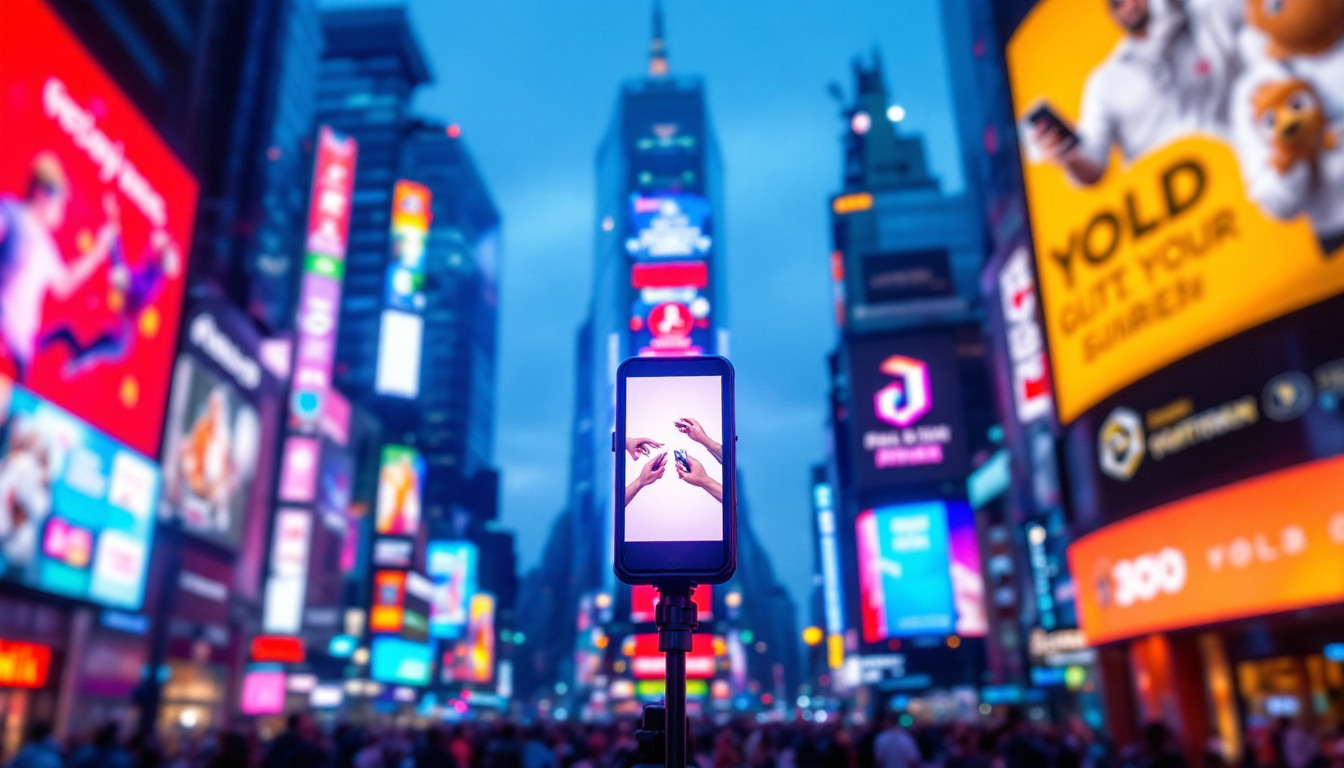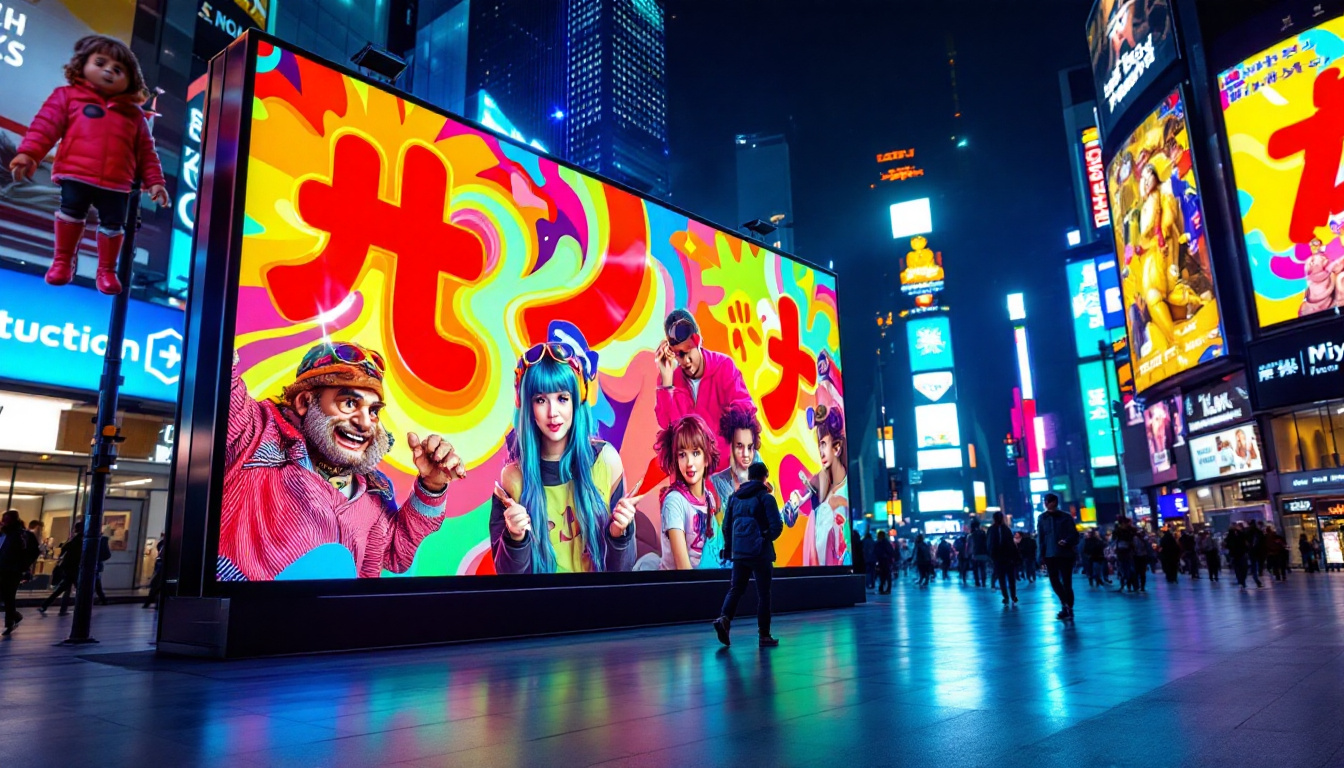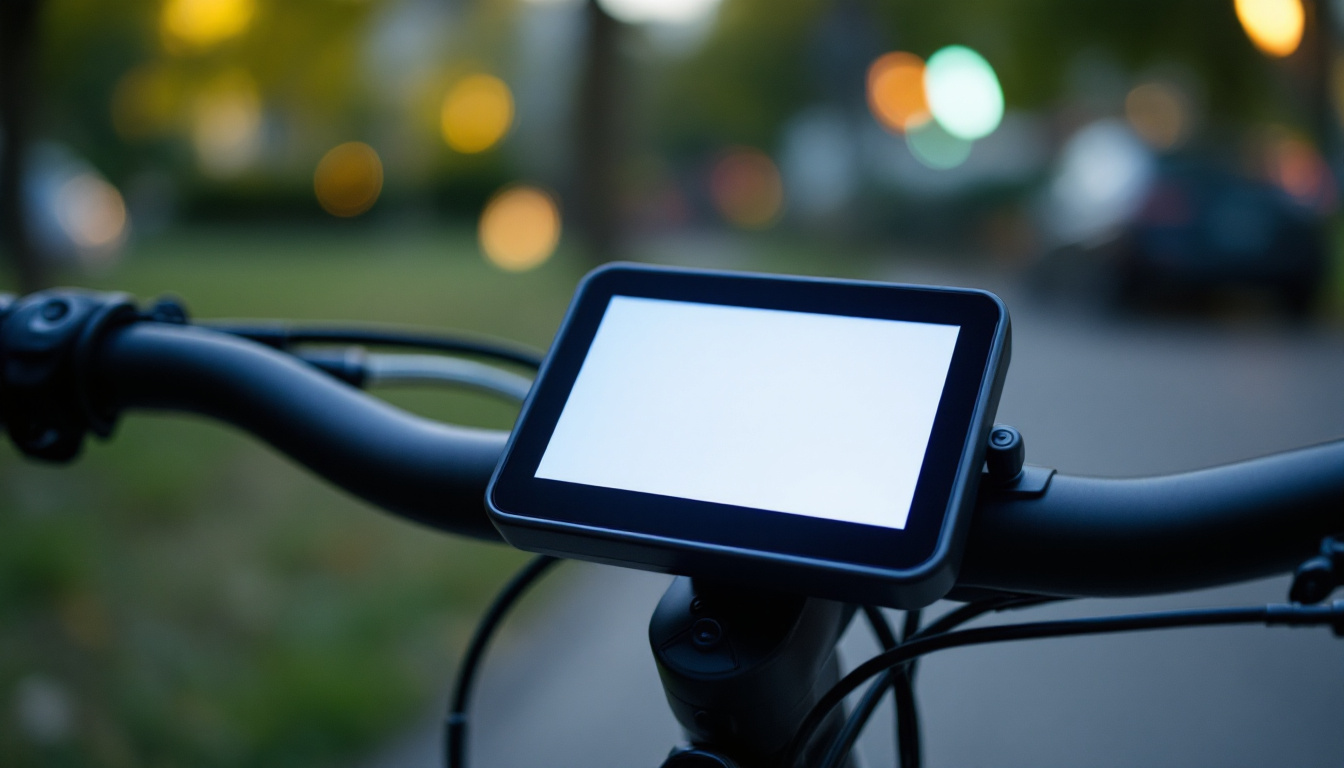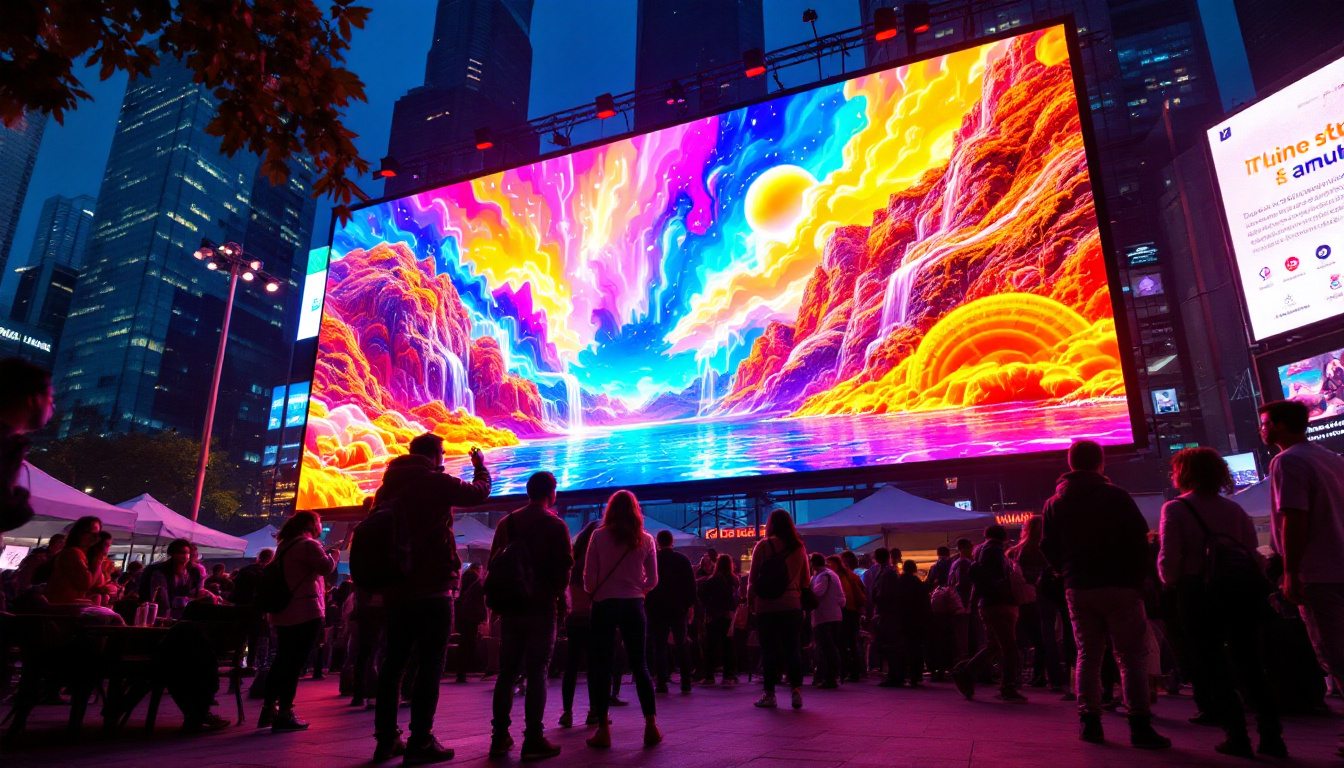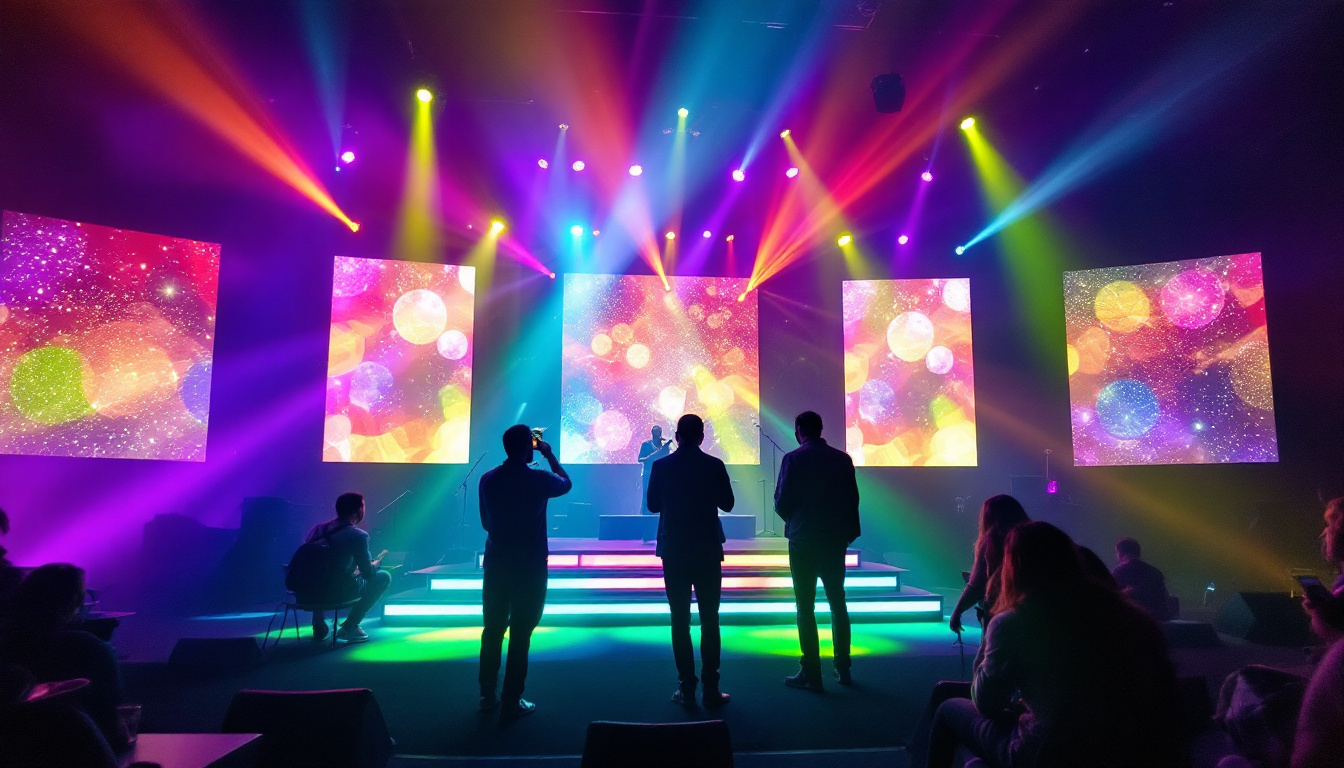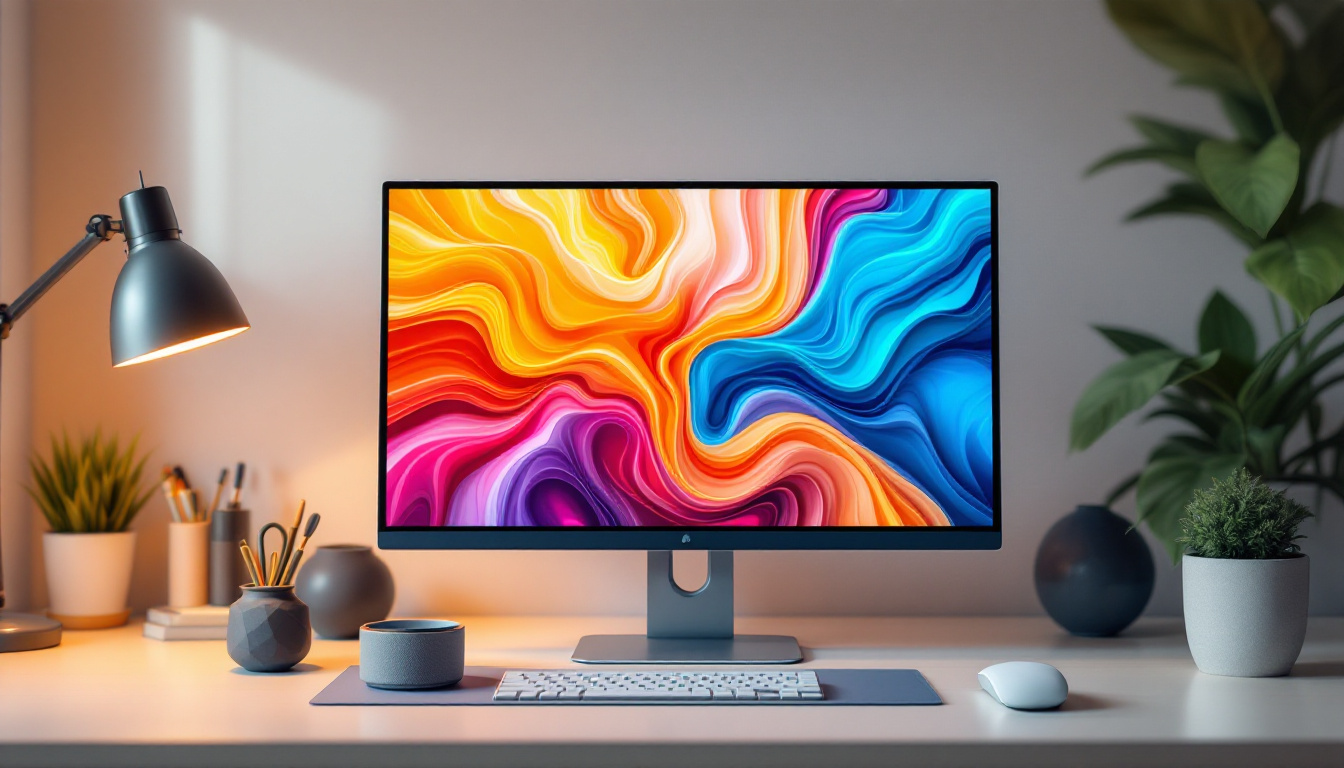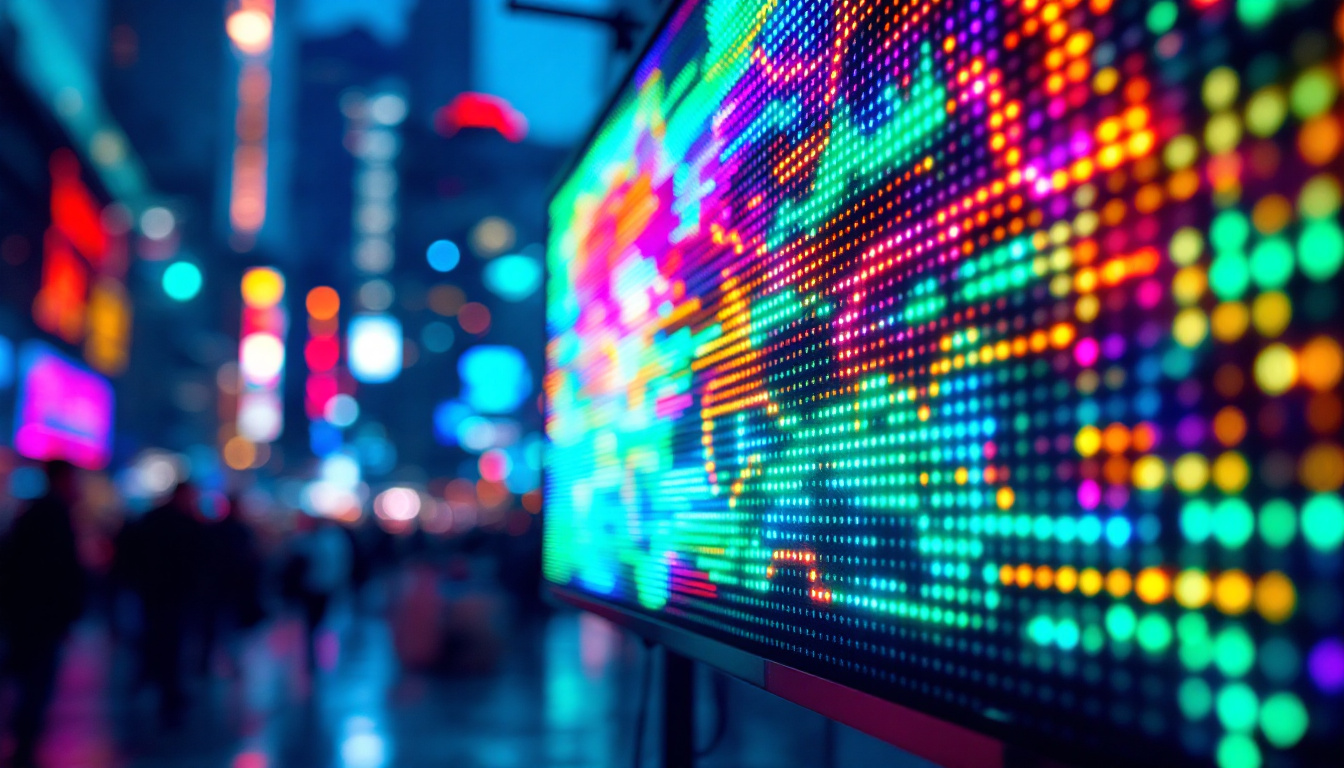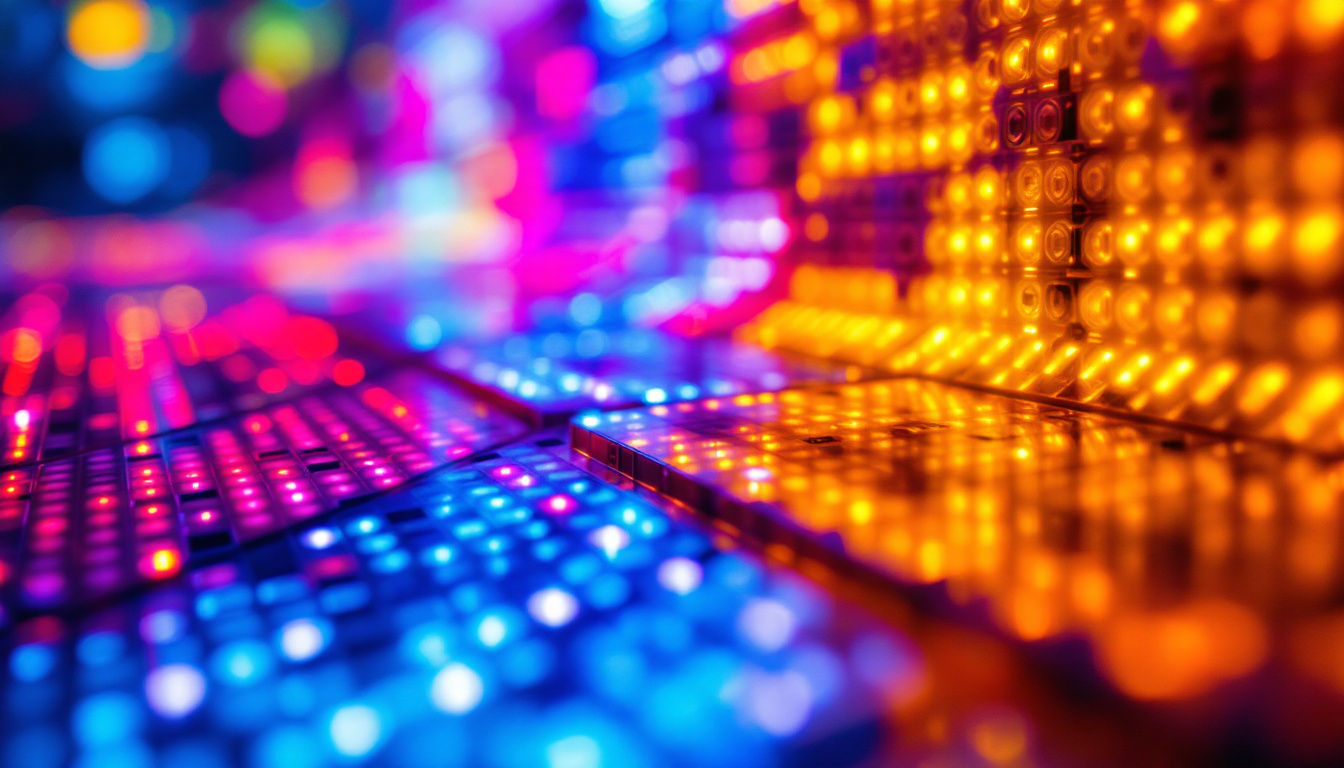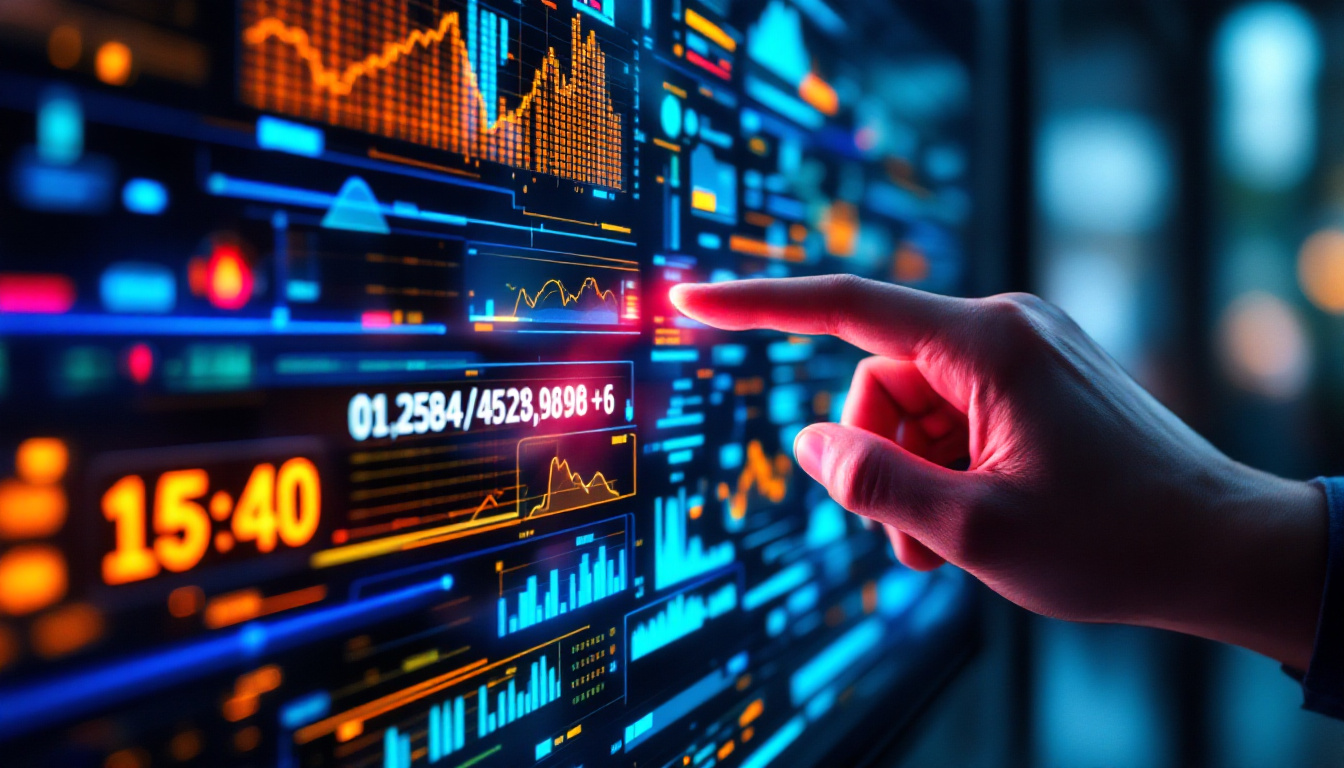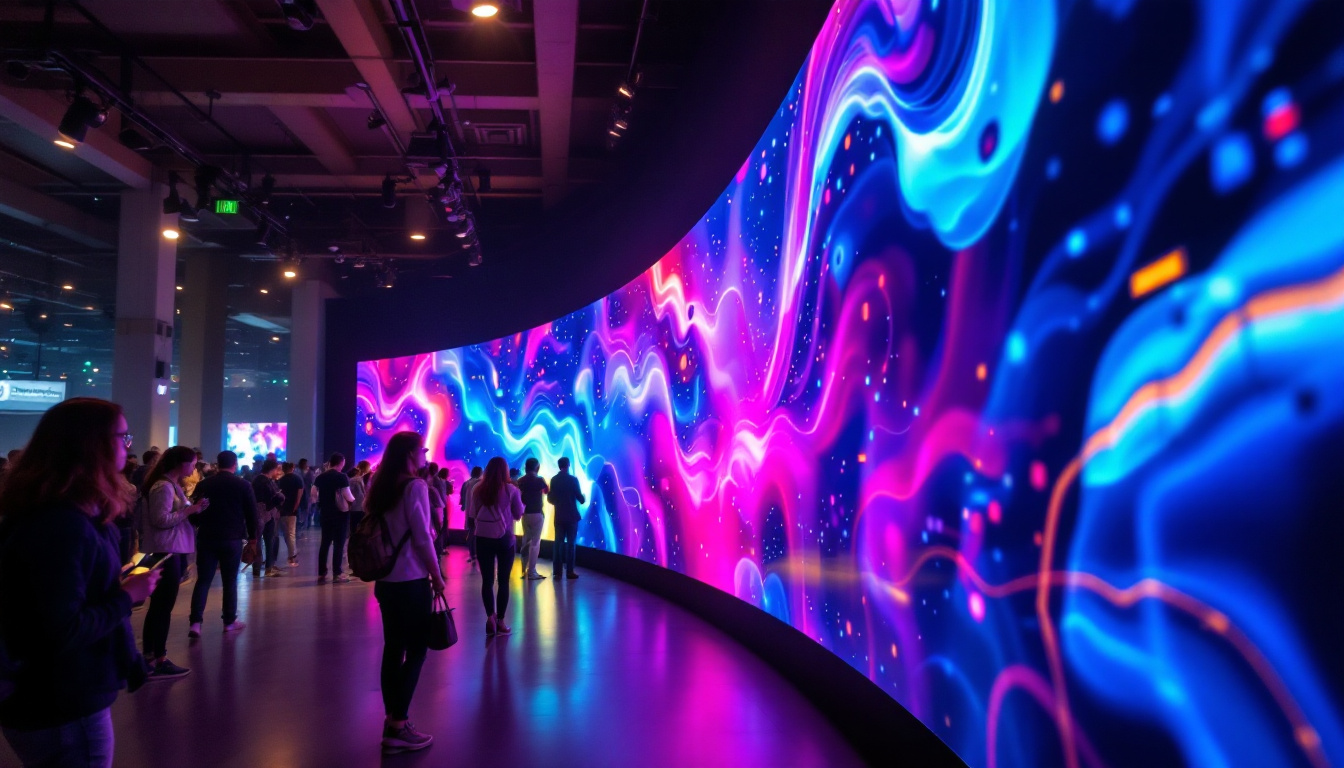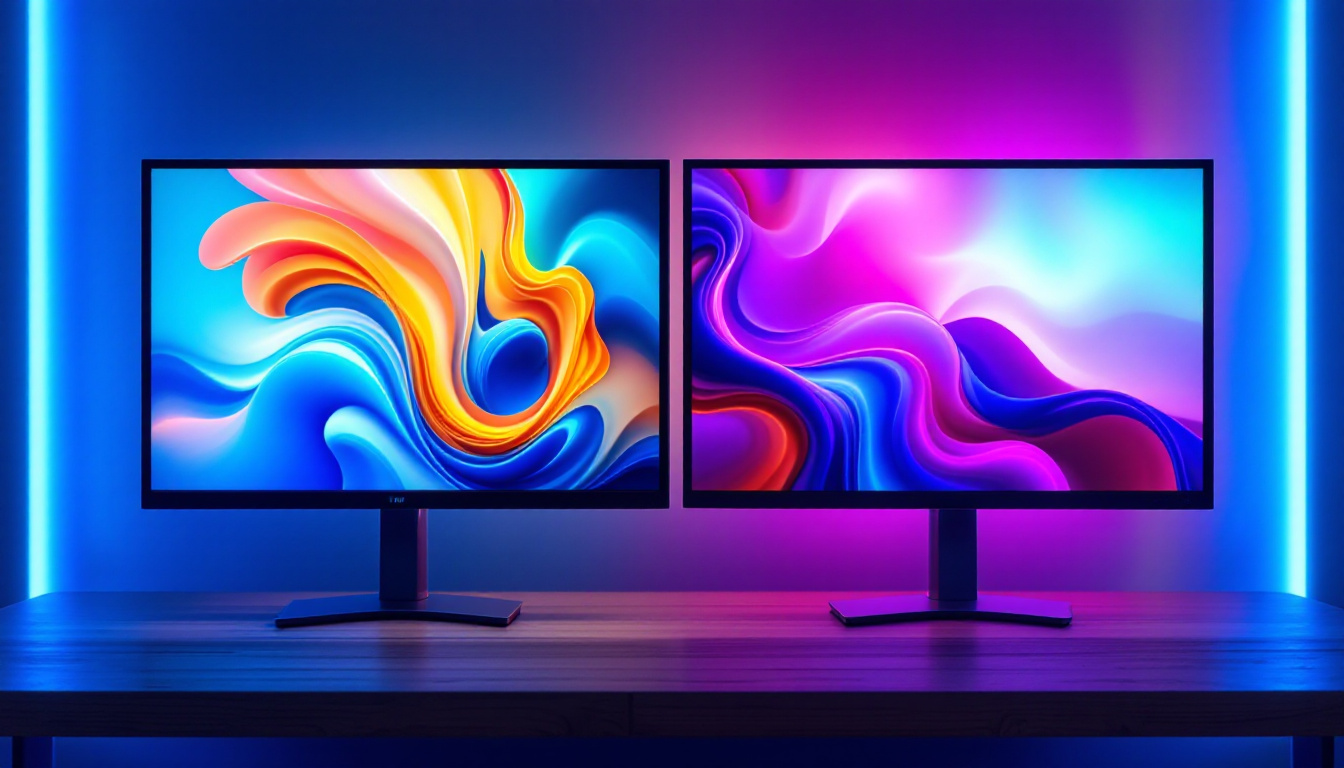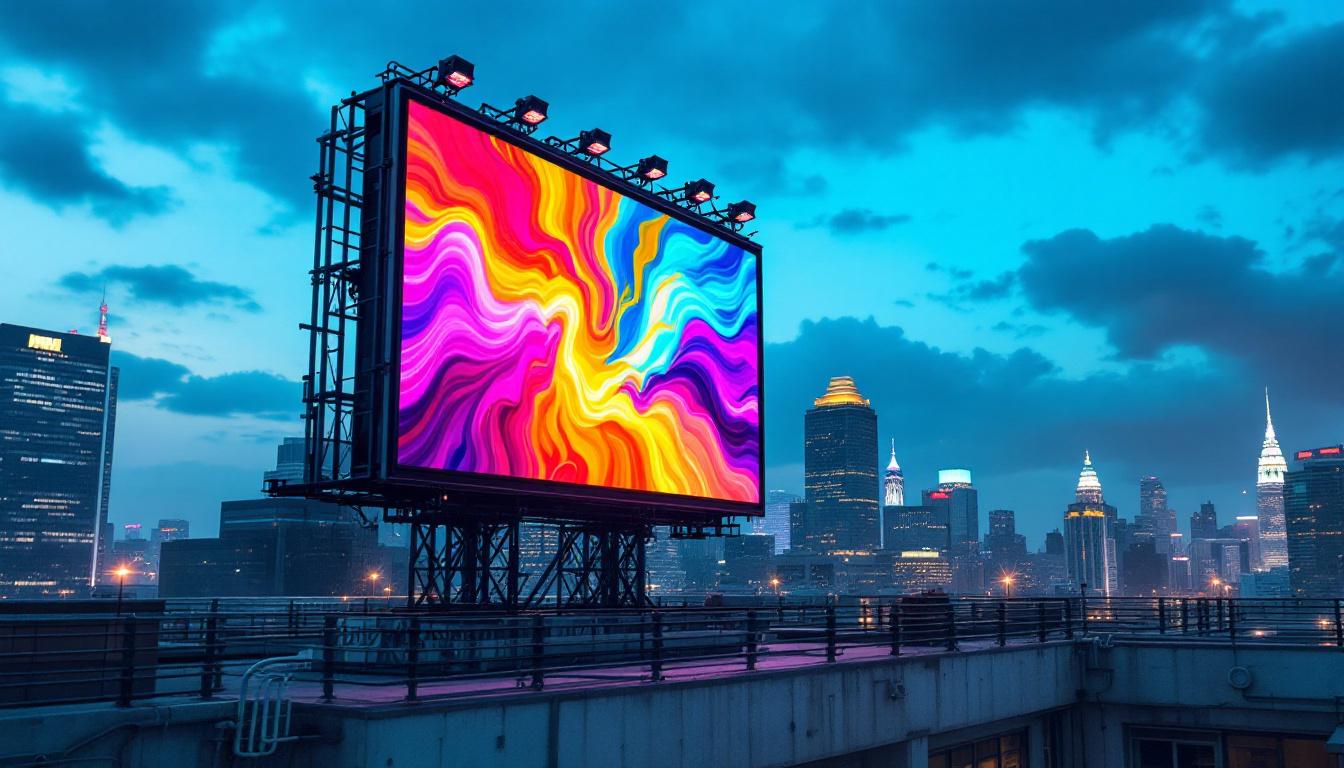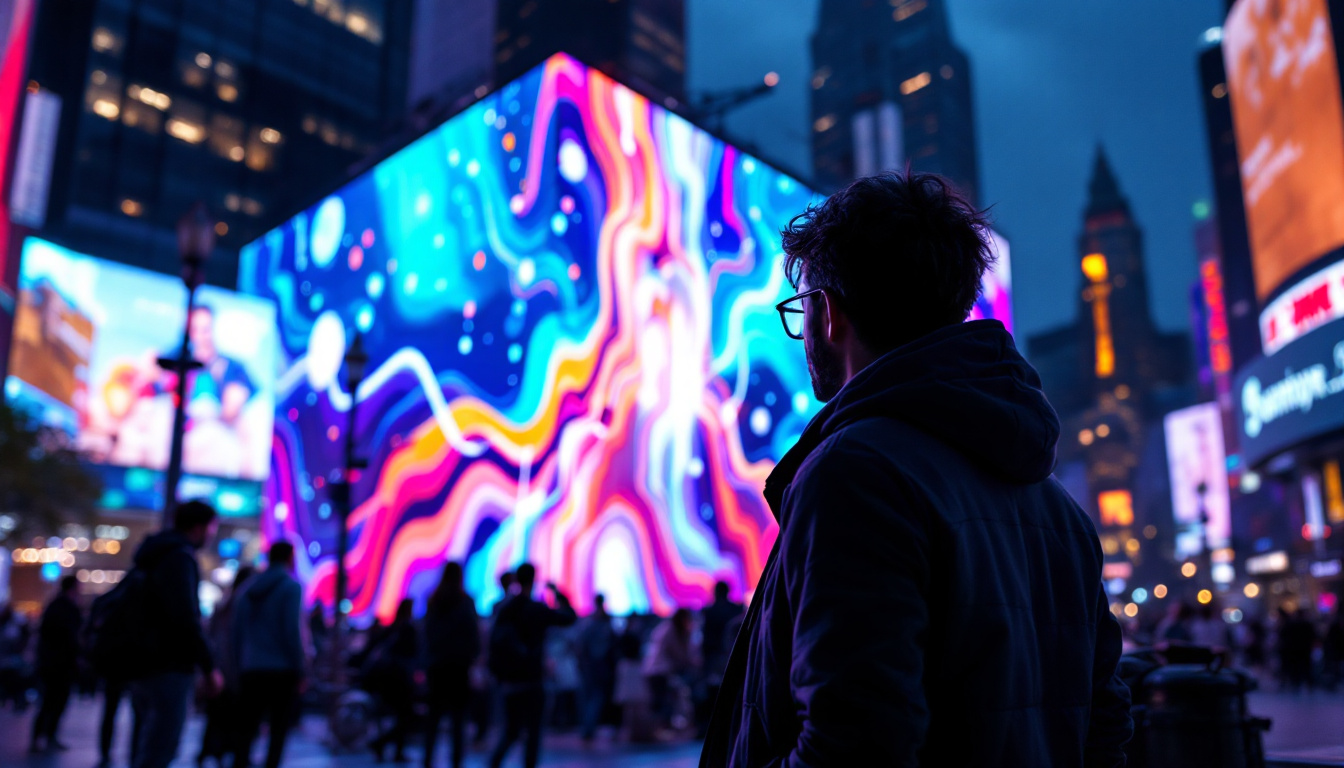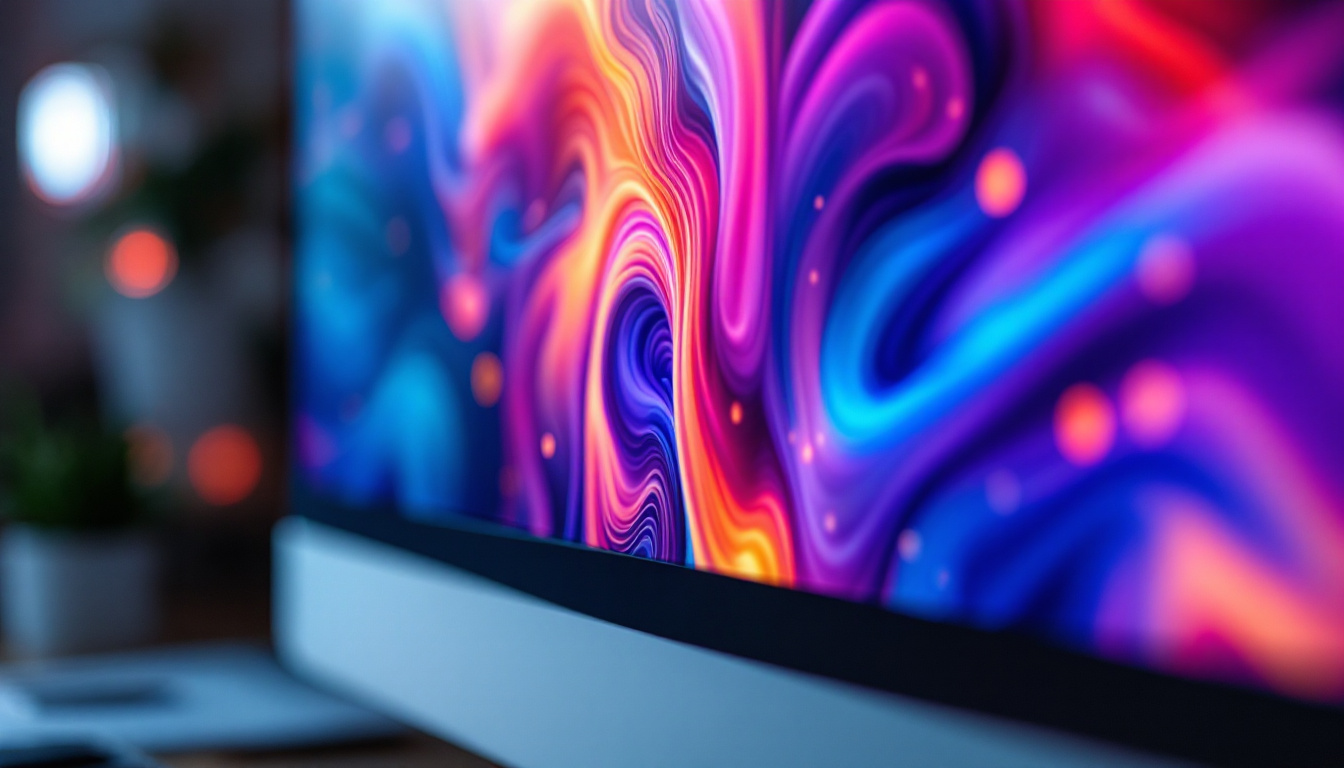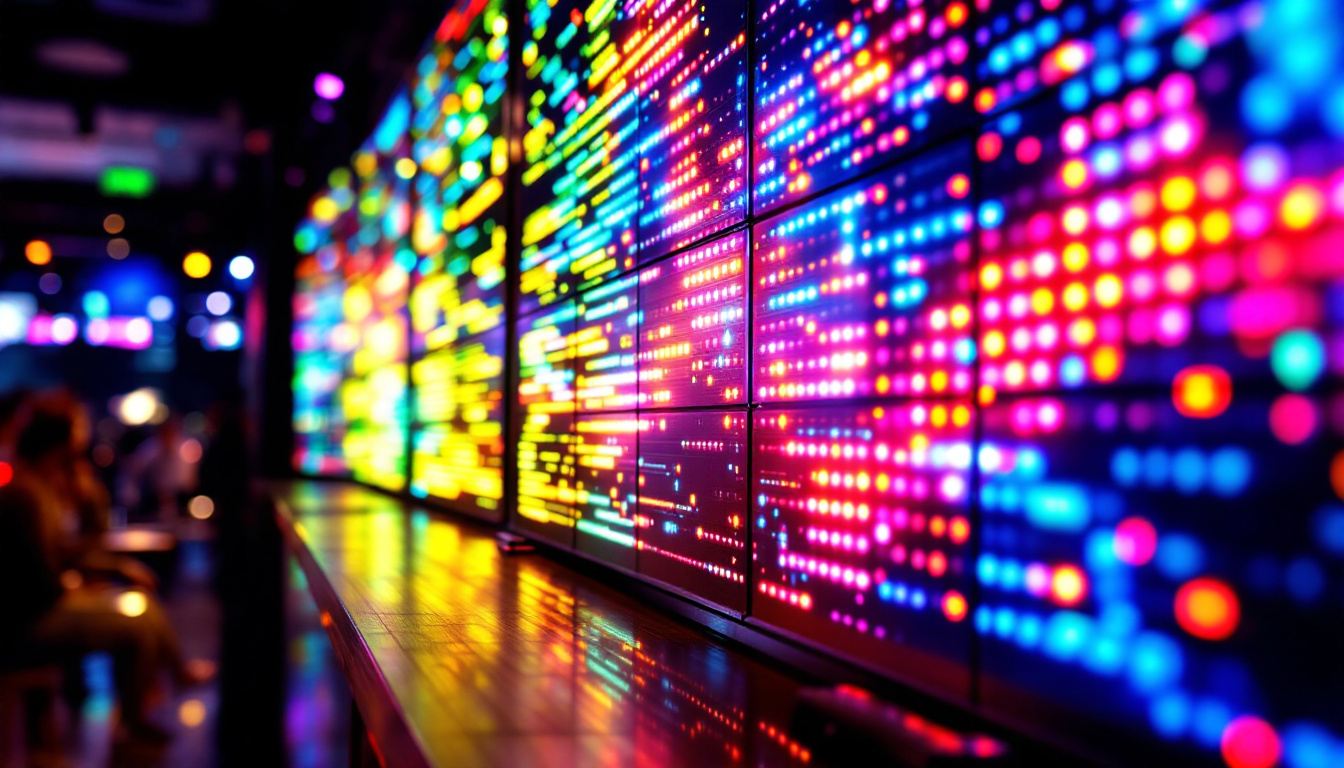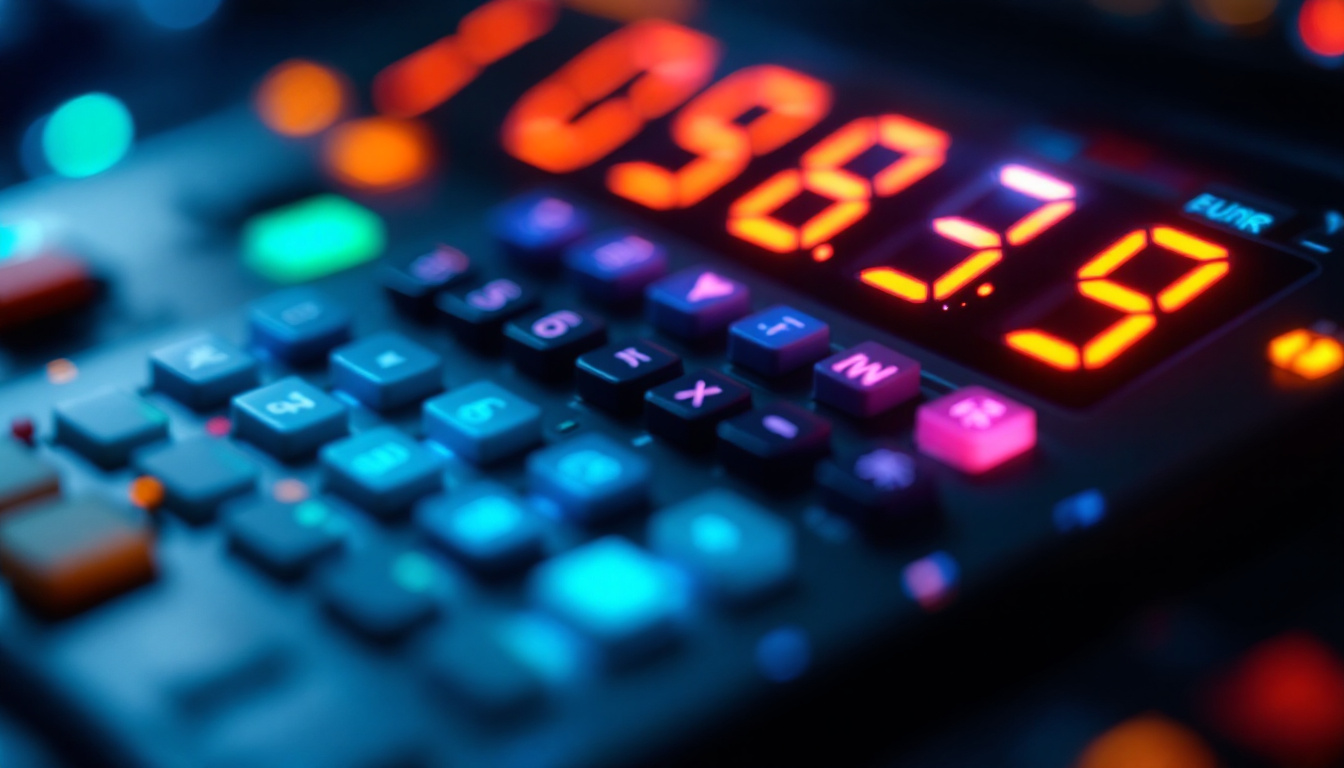In the world of visual technology, the projector screen is a pivotal component that can significantly enhance the viewing experience. With advancements in technology, custom projector screens, particularly those utilizing LED displays, have become increasingly popular. This article delves into the intricacies of custom projector screens, focusing on LED display technology, its benefits, and considerations for choosing the right screen for various applications.
Understanding Projector Screens
Projector screens serve as the canvas for projected images, and their quality can greatly influence the overall viewing experience. While traditional screens have been widely used for decades, the emergence of LED technology has revolutionized how images are displayed. The choice of screen can affect not only the clarity and sharpness of the image but also the colors and brightness, which are crucial for an immersive viewing experience. As such, understanding the various factors that contribute to screen performance is essential for anyone looking to invest in a projector setup.
Types of Projector Screens
Projector screens come in various types, each designed for specific environments and uses. The most common types include fixed-frame screens, retractable screens, and portable screens. Fixed-frame screens are ideal for dedicated home theaters, offering a seamless surface for optimal image quality. They often feature a matte finish that minimizes light reflection, ensuring that the projected image is as clear and vibrant as possible. Retractable screens, on the other hand, are versatile and can be hidden when not in use, making them suitable for multi-purpose rooms. These screens can be manually or electronically operated, providing convenience for users who may want to switch between different viewing setups. Portable screens are designed for easy transport and setup, catering to business presentations and outdoor events. Many portable options are lightweight and come with their own carrying cases, making them perfect for on-the-go professionals.
As technology progresses, custom options have emerged, allowing users to tailor screens to their specific needs. Custom projector screens can be made to fit unique dimensions, aspect ratios, and even materials, ensuring an ideal match for any environment. For instance, some users may prefer a high-gain screen that enhances brightness in well-lit rooms, while others might opt for a specialized material that minimizes ambient light interference. Additionally, the rise of 4K and 8K projectors has led to a demand for screens that can handle higher resolutions without compromising image quality. This customization allows users to create a viewing experience that is not only tailored to their space but also to their specific viewing habits and preferences.
What is LED Display Technology?
LED display technology utilizes light-emitting diodes to create images. Unlike traditional projection methods that rely on a light source shining through a lens, LED displays generate light directly from the diodes, resulting in brighter and more vibrant images. This technology allows for a wider color gamut and improved contrast ratios, making LED displays particularly appealing for both commercial and residential applications. Furthermore, LED screens are known for their longevity and energy efficiency, often lasting significantly longer than traditional projection bulbs. This durability makes them a cost-effective choice in the long run, as users can save on replacement costs and energy consumption.
In addition to their brightness and efficiency, LED displays offer flexibility in terms of size and configuration. They can be seamlessly tiled together to create larger screens, making them ideal for large venues such as concert halls or sports arenas. The modular nature of LED technology also allows for creative installations, where screens can be shaped to fit unconventional spaces or artistic designs. As a result, LED displays are not just functional but can also serve as striking visual elements in any setting, enhancing both the aesthetic appeal and the overall experience for viewers.
Benefits of LED Projector Screens
LED projector screens offer numerous advantages over traditional projection screens, making them a preferred choice for many users. Understanding these benefits can help in making an informed decision when selecting a projector screen.
Enhanced Image Quality
One of the most significant benefits of LED projector screens is their superior image quality. The brightness and color accuracy provided by LED technology surpass that of traditional screens. This means that images appear sharper, more vivid, and more lifelike, enhancing the overall viewing experience. Whether for movies, presentations, or gaming, the clarity provided by LED screens is unmatched.
Energy Efficiency
LED displays are known for their energy efficiency. They consume less power compared to traditional projection methods, which can lead to significant cost savings over time. This efficiency not only benefits the environment but also reduces the operational costs associated with running a projector and screen setup.
Durability and Longevity
LED screens are built to last. The technology is inherently more durable than traditional projection methods, which can suffer from bulb burn-out and other maintenance issues. LED displays have a longer lifespan, often exceeding 50,000 hours of use, making them a wise investment for both commercial and residential applications.
Factors to Consider When Choosing a Custom LED Projector Screen
Selecting the right custom LED projector screen involves considering several factors to ensure it meets specific needs and preferences. Understanding these factors can help streamline the decision-making process.
Screen Size and Aspect Ratio
The size of the screen plays a crucial role in the viewing experience. It is essential to choose a screen size that fits the space and is appropriate for the intended use. Additionally, the aspect ratio should align with the content being displayed. Common aspect ratios include 16:9 for widescreen formats and 4:3 for traditional presentations. Custom options allow users to select dimensions that best suit their environment.
Material and Surface Finish
The material of the projector screen significantly impacts image quality. Various materials are available, each with unique properties that affect brightness, contrast, and viewing angles. For instance, a matte finish may reduce glare, making it suitable for environments with ambient light, while a glossy finish can enhance brightness in darker settings. Custom screens can be made with specific materials tailored to the user’s needs.
Installation and Setup
Installation is another critical consideration. Custom projector screens can be designed for various mounting options, including ceiling, wall, or portable setups. Depending on the intended use, users may prefer a fixed installation for a dedicated home theater or a portable option for business presentations. Understanding the installation process and requirements can help users choose the most suitable screen.
Applications of Custom LED Projector Screens
Custom LED projector screens have a wide range of applications across different sectors. Their versatility makes them suitable for various environments, from home theaters to corporate settings.
Home Theaters
For home theater enthusiasts, a custom LED projector screen can elevate the cinematic experience. The vibrant colors and sharp images produced by LED technology create an immersive environment that rivals commercial theaters. With the ability to customize size and aspect ratio, users can design a screen that perfectly fits their dedicated viewing space.
Corporate Presentations
In the corporate world, effective communication is key. Custom LED projector screens are ideal for presentations, allowing for clear and impactful visuals. The brightness and clarity of LED displays ensure that information is easily visible, even in well-lit conference rooms. Additionally, the energy efficiency of LED technology aligns with corporate sustainability goals.
Educational Institutions
Educational settings benefit from the use of custom LED projector screens as well. In classrooms and lecture halls, these screens facilitate engaging lessons and presentations. The enhanced image quality helps students grasp complex concepts more easily, while the durability of LED screens ensures they withstand the rigors of daily use.
Installation Tips for Custom LED Projector Screens
Installing a custom LED projector screen requires careful planning and execution to achieve the best results. Here are some essential tips to consider during the installation process.
Choose the Right Location
The location of the projector screen is critical. It should be positioned at a height and angle that provides optimal viewing for the audience. Additionally, factors such as ambient light and distance from the projector should be taken into account to minimize glare and ensure a clear image.
Ensure Proper Mounting
Proper mounting is essential for stability and safety. Whether opting for wall or ceiling mounting, it’s crucial to use the appropriate hardware and follow manufacturer guidelines. Ensuring that the screen is securely mounted will prevent any accidents and prolong its lifespan.
Calibrate the Projector
Once the screen is installed, calibrating the projector is vital for achieving the best image quality. Adjusting settings such as brightness, contrast, and color balance can significantly enhance the viewing experience. Taking the time to calibrate the projector ensures that the custom LED screen performs at its best.
Maintenance of Custom LED Projector Screens
Maintaining a custom LED projector screen is essential for preserving its performance and longevity. Regular care can prevent issues and ensure that the screen remains in optimal condition.
Regular Cleaning
Dust and dirt can accumulate on the surface of the screen, affecting image quality. Regular cleaning with a soft, lint-free cloth is recommended to remove any debris. It’s important to avoid harsh chemicals that could damage the screen’s surface. Following the manufacturer’s cleaning instructions will help maintain the screen’s integrity.
Check for Damage
Regularly inspecting the screen for any signs of damage is crucial. Look for tears, creases, or discoloration that could impact performance. Addressing any issues promptly can prevent further damage and ensure the screen continues to deliver high-quality visuals.
Update Software and Firmware
For LED screens that come with smart features or connectivity options, keeping software and firmware updated is essential. Updates can improve performance, add new features, and enhance security. Regularly checking for updates ensures that the screen operates smoothly and efficiently.
Conclusion
Custom LED projector screens represent a significant advancement in visual technology, offering superior image quality, energy efficiency, and durability. By understanding the various factors involved in selecting and maintaining these screens, users can make informed decisions that enhance their viewing experiences across different applications.
Whether for home theaters, corporate presentations, or educational environments, the versatility of custom LED projector screens makes them an invaluable asset. As technology continues to evolve, the potential for even more innovative solutions in display technology remains promising, paving the way for an even brighter future in visual experiences.
Discover the Future of Visual Technology with LumenMatrix
Ready to transform your viewing experience with the latest in LED display technology? LumenMatrix is at the forefront of innovation, offering a diverse range of LED display solutions tailored to meet your needs. From immersive home theaters to dynamic corporate presentations, our cutting-edge displays are designed to captivate and engage. Elevate your visual communication and make a lasting impression with our Indoor and Outdoor LED Walls, Vehicle Displays, LED Posters, Sports Displays, and more. Check out LumenMatrix LED Display Solutions today and step into a world where clarity and impact go hand in hand.


